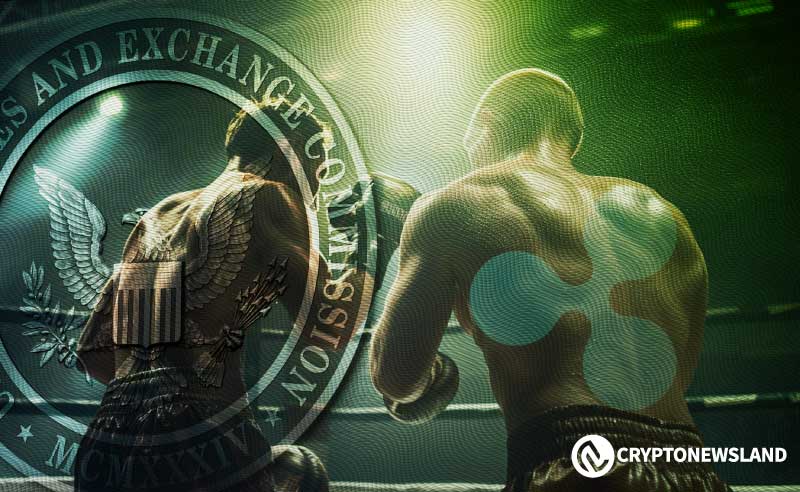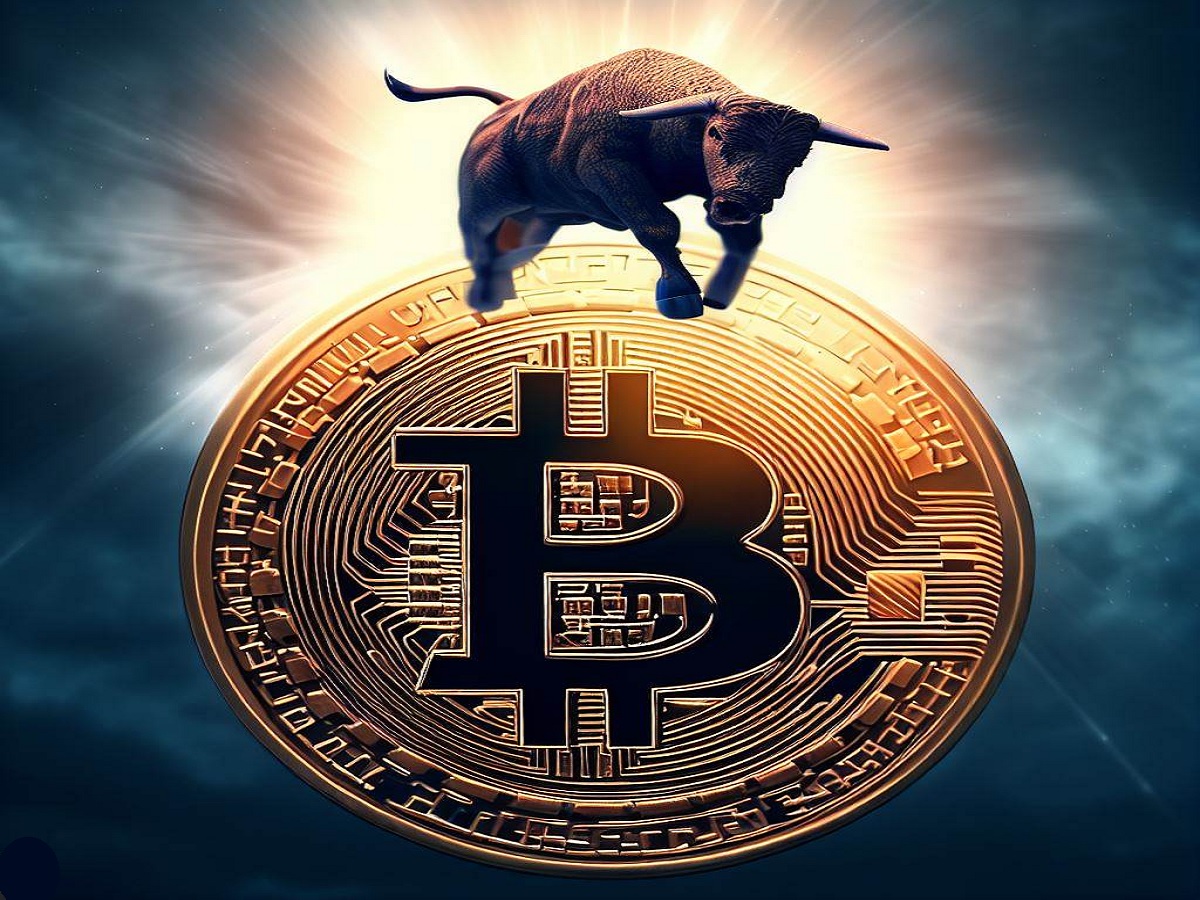- Ripple focuses on making international agreements faster and cheaper for banks.
- Bitcoin serves as a digital store of value for individual shareholders.
- Both digital coins offer upfront pricing but target different audiences and uses.
Ripple and Bitcoin represent two major forces in the electronic money world. BTC started in 2009 as the first independent digital currency, while Ripple took a different route. It focuses on providing efficient solutions for payment transactions across borders and targets mainly financial institutions. Understanding these differences is essential for anyone interested in digital assets.
Ripple’s Origins and Journey
The ledger began in 2004 when Ryan Fugger launched RipplePay. This site aimed to enable secure multinational wire transfers but did not have a virtual currency. In 2012, Chris Larsen and Jed McCaleb acquired RipplePay and renamed it OpenCoin. This change led to the introduction of the protocol and the digital token known as XRP.
XRP was created to improve global finances. It offers a faster and cheaper alternative to traditional banking. Ripple mainly serves institutional clients by providing them with practical solutions for international payments. This focus sets Ripple apart from Bitcoin, which often serves as a digital store of value.
Bitcoin’s Historical Context
Its journey commenced in 2008, when the domain name bitcoin.org was acquired. This draft outlined a decentralized method for digital deals. The token officially launched on January 3, 2009, when Nakamoto mined the genesis block. This event marked a memorable moment in the world of finance.
Both Ripple and BTC prioritize transparency, allowing users to track expenditures easily. However, their target audiences differ. Bitcoin appeals to individual shareholders and traders who view it as a store of value. In contrast, XRP focuses on banks and financial institutions by offering them efficient reimbursement systems.
Read CRYPTONEWSLAND on
google news
Technological Distinctions and Applications
Ripple uses a centralized ledger that allows for quicker transaction processing. This centralization provides greater control and efficiency compared to Bitcoin’s decentralized model. Additionally, Ripple does not require mining, which is a key difference from Bitcoin, which relies on miners to create coins.
Furthermore, XRP acts as a bridge denomination that facilitates transactions between different fiat economies. This feature makes it attractive to financial institutions. As a result, many banks and service providers are looking into the company’s technology for effective interstate settlements.
Crypto News Land, also abbreviated as “CNL”, is an independent media entity – we are not affiliated with any company in the blockchain and cryptocurrency industry. We aim to provide fresh and relevant content that will help build up the crypto space since we believe in its potential to impact the world for the better. All of our news sources are credible and accurate as we know it, although we do not make any warranty as to the validity of their statements as well as their motive behind it. While we make sure to double-check the veracity of information from our sources, we do not make any assurances as to the timeliness and completeness of any information in our website as provided by our sources. Moreover, we disclaim any information on our website as investment or financial advice. We encourage all visitors to do your own research and consult with an expert in the relevant subject before making any investment or trading decision.











